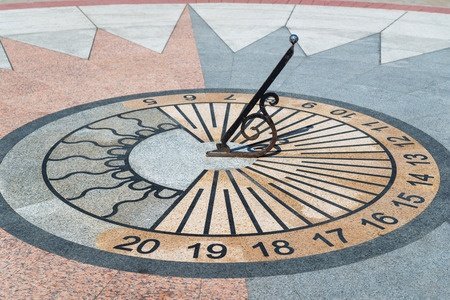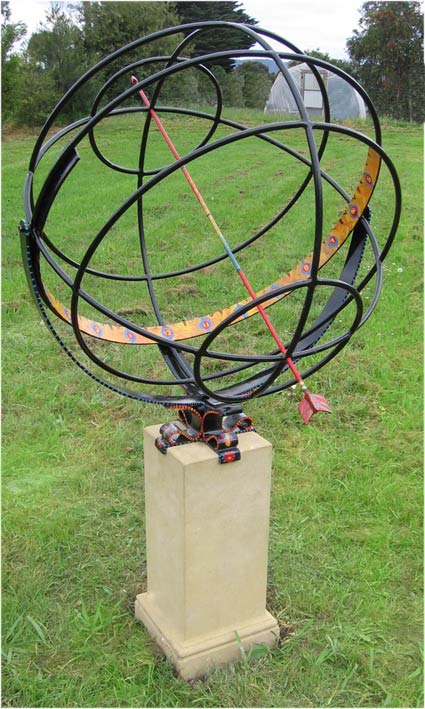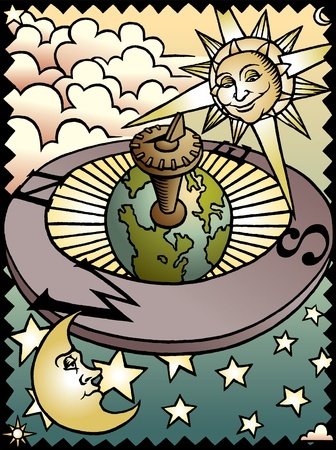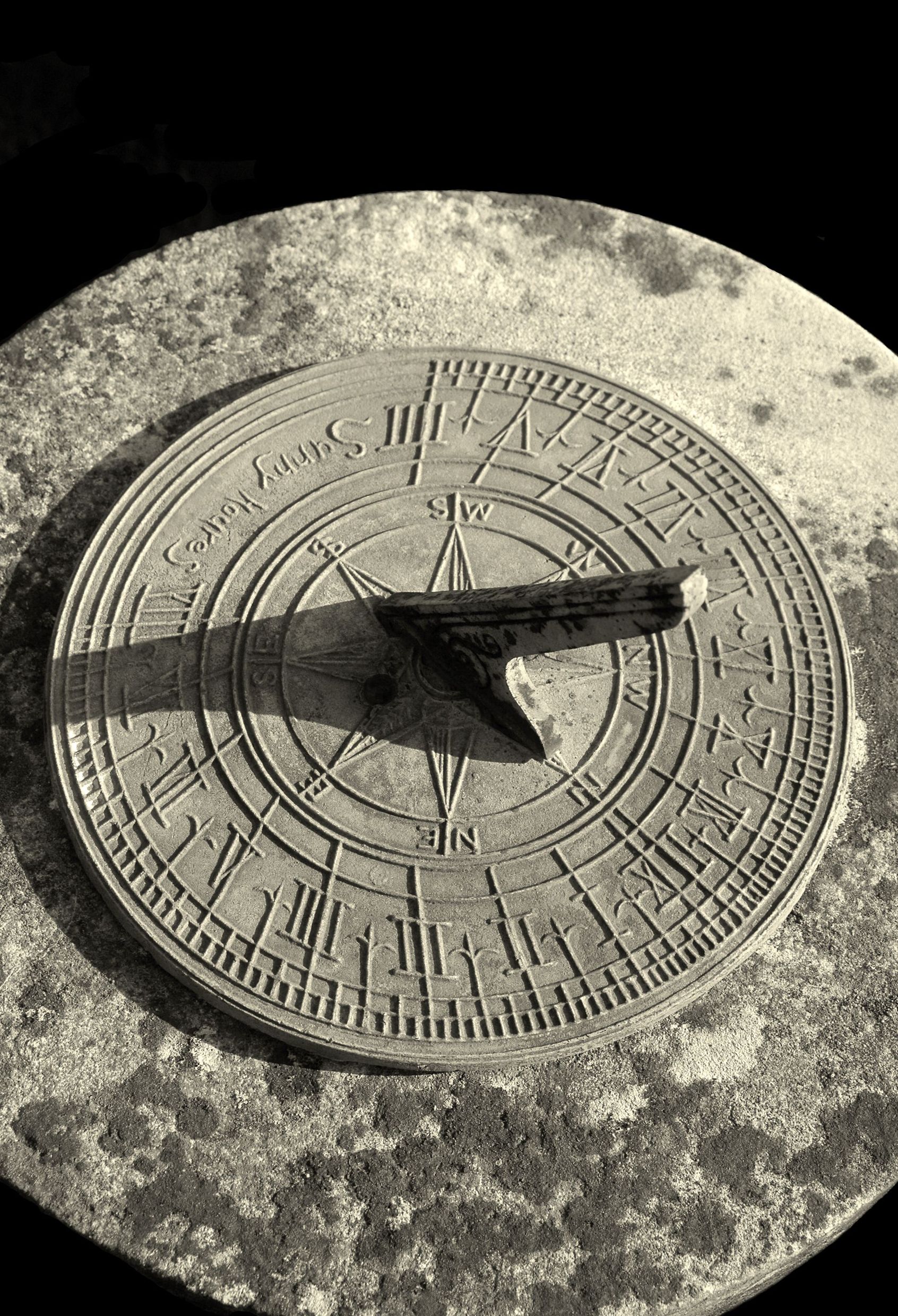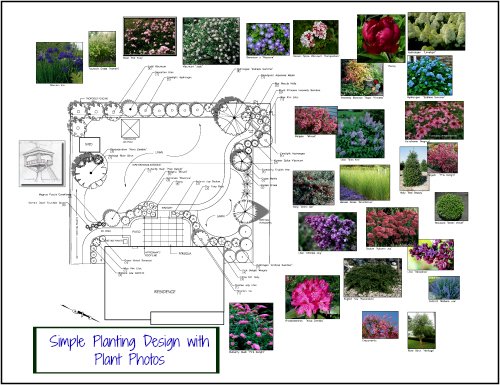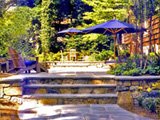Sundial Clocks
Sundial clocks are can be a wonderful garden ornament to add to your landscape.
- Put them anywhere you would like an interesting focal point (but in the sun).
- There are a few different types, but they all basically work the same way.
All garden sundials have two parts. There is the face with the hours marked on it, and there is the gnomon which is the shadow indicator.
This beautiful armillary sundial and others was found on the Kim Devenish website.
A garden sundial can be made of various materials, but brass is very common. The brass might be a polished mirror finish.
It can also have a matte finish where the brass is not reflective.
Another finish offered is that which is created with a patina, where the dial face is chemically weathered chemically. This produces a dark brown and verdigris green finish.
The Garden Sundial - Three Different Types
One type is an armillary sundial.. You might recognize this as a sphere with concentric circles. Typically, this type of sundial is placed on a pedestal or plinth.
A vertical garden sundial and can be placed on various types of vertical surfaces. For example, it might be attached to a garden shed, or it might be perfect for a narrow blank wall on your house.
The horizontal sundial, which is probably the most common, is another type sundial clock. This also should be placed on a pedestal but it can also just be placed on the ground.
Note the shadow on this sundial. The shadow indicates the time.
Interested in More Sundial Information?
Read on!
Sun Time and Clock Time
Garden sundials tell "sun time", while clocks and watches tell "clock time". Clock time is determined by mathematically dividing time into days of exactly 24 hours. A day in sun time is the amount of time elapsed between two passages of the sun at the meridian. This amount of time may be more or less on any given day than the 24 hours of clock time, therefore causing a difference between the sun time and clock time.
Because of these time differences, the time shown on a sundial will be slightly differently than clock time. Neither kind of time is really better than the other - they are both useful and interesting for their separate purposes.
Equation of Time
For most people, these small differences in the two types of time doesn't matter. However, for those who would like to know what the exact differences are on any particular day, sundial clocks with an "Equation of Time" plate can be purchased. Equation of time is the difference between solar time and clock time. The Equation of Time is displayed as a graph.
Running horizontally along the top of the graph are the months of the year. There is a horizontal line in the middle of the graph. Along the left side running vertically are numbers (representing minutes), those above the horizontal line being positive and those below the line being negative numbers.
To determine what the difference is between clock time and solar time, find a given day on the graph and either subtract or add the indicted minutes (represented by the numbers) from the given sundial time.
Ancient Sundials
The oldest known ancient sundials were constructed in Egypt around 1500 B.C. Romans perfected the sundial in its horizontal form and even took portable styles with them as they traveled. The Romans were also the first to use them in their gardens.
Accuracy of Garden Sundials
Although there are many ready-made sundial clocks available for purchase, in order for a sundial to tell sun time accurately, it has to be designed and made for the sundial's exact location in regards to the longitude and latitude. However, most people are just happy to have a beautiful one in their garden!
If you enjoyed this page, please share it!
Landscape Design Advice > Landscaping Ideas > Sundial Clocks
